Meeting Tanyaradzwa and learning about her life was a highlight for the team. They spent the day with the 19-year-old visiting the home where she lives with her grandmother and the school she attended with support from Plan International. She shared with them her struggles to finish her studies, how she overcame these challenges and what her dreams are for her future. Her resilience made a strong impression on Kumunda.
The Embedded Storytellers pilot is already producing genuine stories and images that reflect first-hand the experiences of the people featured.
“It’s a way for us to tell more authentic stories,” explains Jacklyn Guay, a senior editorial manager at Plan International Canada. “It’s also an important step in our goal of localization. It’s shifting power dynamics around how a story is told and whose voice is heard.”
There was another unexpected positive outcome.
“Spending the day with Tanyaradzwa was a
life-changing experience for me,” says Musanhu.
Stories leave a lasting impression
It was heart-rending to know that everything around her
was constantly shifting, but she derives strength from her education. This was so much in character with the Tanyaradzwa we spent the day with – focused, grounded and determined.”
A local perspective is a powerful voice.”

tap me to play
Plan International staff in Zimbabwe connected Kumunda, Mabviko and Musanhu with program participants who were keen to share their experiences.
Then it was up to the Media Zone team to use their artistic and professional judgment to follow the storylines that emerged in the interviews.
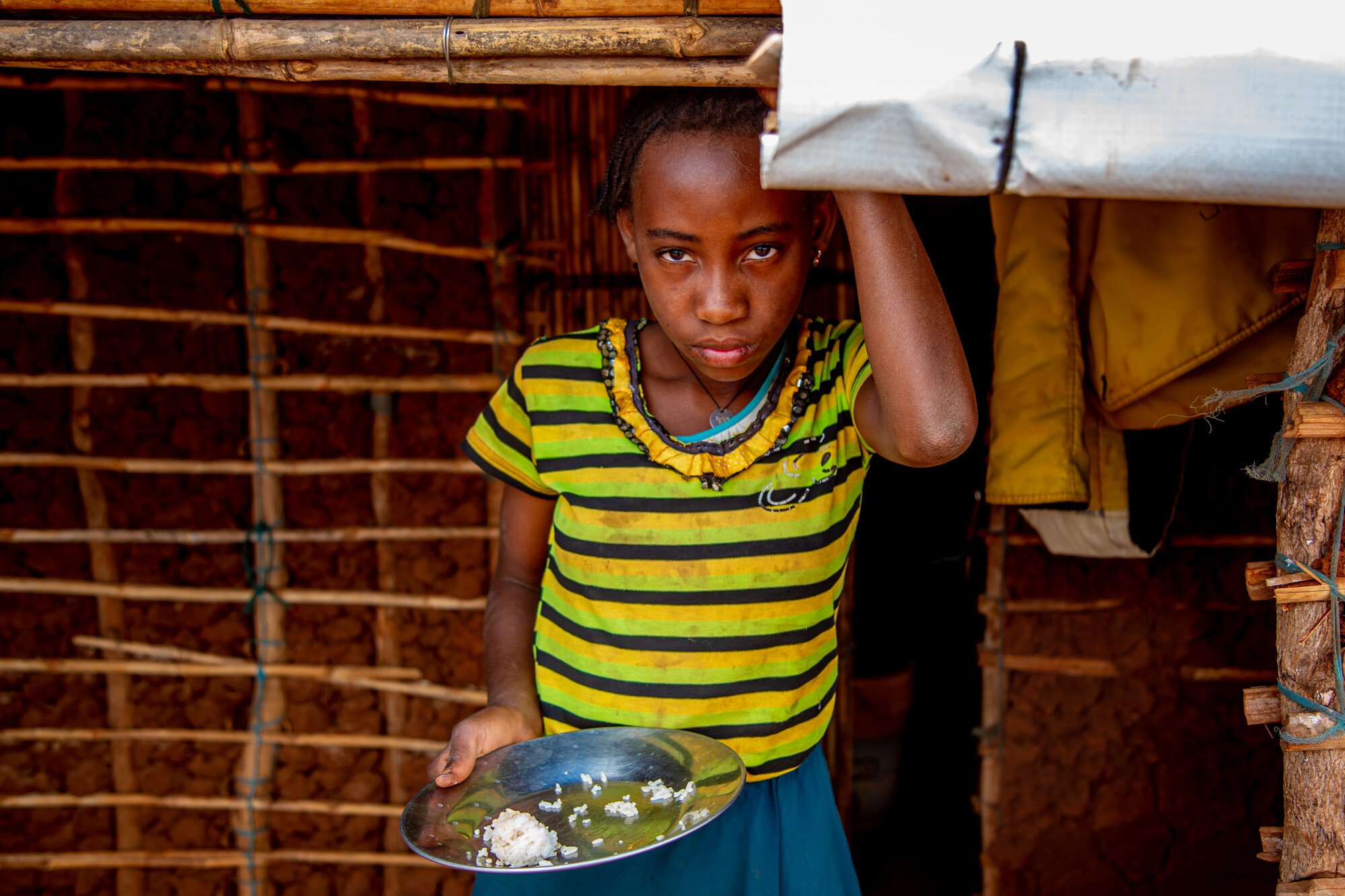



Caption to
go here

1.5 million children are at risk of being malnourished by the end of this year.
• Providing cash transfers
• Sending emergency trucks
carrying clean water
THE SITUATIOn
our response

Journalists are encouraged
to follow their instincts
The result was a striking collection of photos, videos and first-hand storytelling that also held personal meaning for the three.
“I came into contact with people whose
lives had been completely changed,”
says Mabviko, who founded Media Zone.
“This was an enlightening and empowering experience for me as a storyteller.”
Videographer Musanhu says he related to
the interview subjects because they all had
shared experiences.
“As locals [to Zimbabwe], we understand cultural, social and political dimensions that non-locals wouldn’t be able to relate
to or articulate,” explains Musanhu.
“
Most interviewees were more comfortable speaking in their mother tongue, so being the ones to document and translate the stories meant that we were able to understand the context and understand their point of view.”
The Embedded Storytellers pilot puts ‘local’ at the forefront.
In the past, Plan International relied on local staff
who run community projects or on media teams from Canada and abroad to interview project participants and capture their stories.
Staff often conducted their interviews using a template, which left little room for interviewees to tell their own stories, and language barriers limited what media teams from abroad could convey.
We wanted to try a different approach.
Somalia ranks as one of the worst places
in the world to be a girl.
The global hunger crisis has only made
the situation worse.
VIDEO HIGHLIGHT REEL


local Homegrown Stories
Plan International Canada kicks off a new way to tell stories
with a Zimbabwe-based creative team.
scroll
Words: Mandy Sherman
Design: Bianca Jozwiak
This was one of Joshua Kumunda’s reflections following a visit to a rural community in Zimbabwe
as part of the Embedded Storytellers pilot, a new Plan International Canada program that launched
in 2022 and is changing how we tell stories about our work.
This past spring, Kumunda, a photographer
from Zimbabwe, and colleagues Patricia Mabviko (communications consultant) and Kingston Musanhu (videographer and digital expert) travelled to Kwekwe, in Zimbabwe’s Midlands Province, to
report on some of Plan International’s HIV- and
malaria-prevention projects. All three are part of
the Media Zone, a digital-media company based in Harare that features African voices telling their
own stories.
– Kingston Musanhu
Videographer Kingston Musanhu shares his favourite memory. “I will never forget filming the two boys arriving at the mosquito-net distribution centre in a scotch cart..."
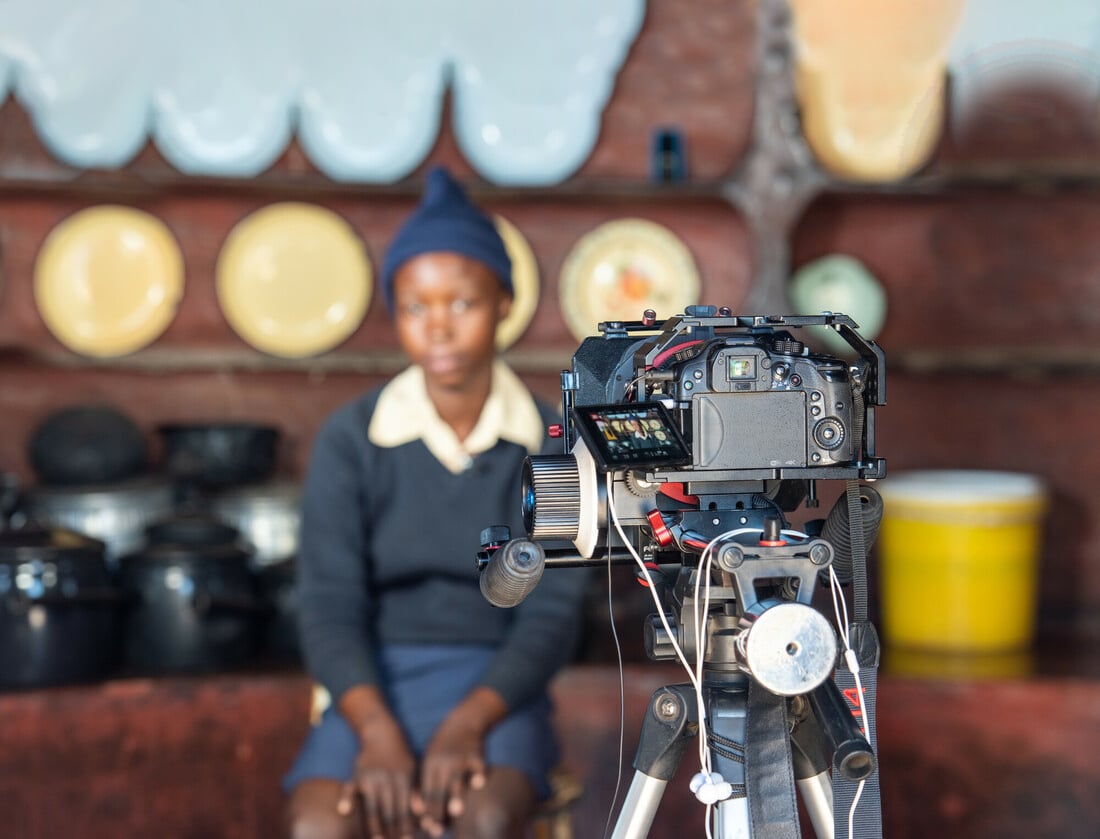
FREEZE FRAME
Photographer Joshua Kumunda explains the inspiration behind
this photograph of Tanyaradzwa,
which is the cover of our 2022 Annual Report.
“Tanyaradzwa is still and unmoving while everything else
is in constant chaos. Her proximity to the motion-blurred students shows that, although she is out of school now, she is still close to the students and her calmness may help lessen the chaos for them.
Her posture with her arms crossed speaks of her inner determination and of her potential future. When I do photo shoots for companies, most executives assume this
same posture.
Tanyaradzwa’s facial features are soft and there is a hint
of a smile on her lips. This reflects someone who has
a calm assurance that, in the midst of all this turmoil, everything will be all right.”
Read more

Telling stories
that hit home


Read more
The Media Zone team visited three Plan International projects to report on HIV and malaria prevention taking place with support from The Global Fund to Fight AIDS, Tuberculosis and Malaria.
Here are our favourite shots from Joshua Kumunda, starting with this image of Tanyaradzwa and her grandmother.
VIDEO HIGHLIGHT REEL
Videographer Kingston Musanhu shares his favourite memory. “I will never forget filming
the two boys arriving at the mosquito-net distribution centre in a scotch cart. When I
first spotted them in the distance, I didn’t
know whether they were connected to our assignment, but I decided to film them anyway.
It turned out that they were coming to the centre to collect mosquito nets, and, to my surprise,
I had captured every second of it. I had never in my life seen a donkey-drawn scotch cart being used that way. It reminded me of the Egyptian chariots from my history lessons, if you can picture it – without the bow and arrow, obviously!
– Kingston Musanhu
“
Young men ride
a donkey-drawn cart as they bring mosquito nets to rural communities.
Tanyaradzwa’s determined optimism helped her persevere.


photo highlight reel
Journalist Patricia Mabviko’s favourite memory is meeting the fathers and daughters who participated in a health project that’s being delivered in partnership with The Global Fund to Fight AIDS, Tuberculosis and Malaria. The goals are
to shatter sexual and reproductive health stigmas and strengthen girls’ relationships with their fathers.
PERIOD PIECE
My favourite memory is hearing a father speak passionately about menstruation, which is a taboo topic, especially in rural areas. Seeing how the program restored and strengthened relationships between fathers and daughters was so meaningful.”
– Patricia Mabviko
Young women like Thembinkosi and Sandengomusa are breaking through taboos so they can have better relationships with their bodies and with their fathers.
Storytime
In 2022, we launched the Embedded Storytellers pilot. We are working with journalists, photographers and videographers from the countries where our projects take place to help communities tell stories and share perspectives
in their own voice.
Where are our
embedded storytellers?
“
– Kingston Musanhu

Click to see what most
surprised Kingston Musanhu
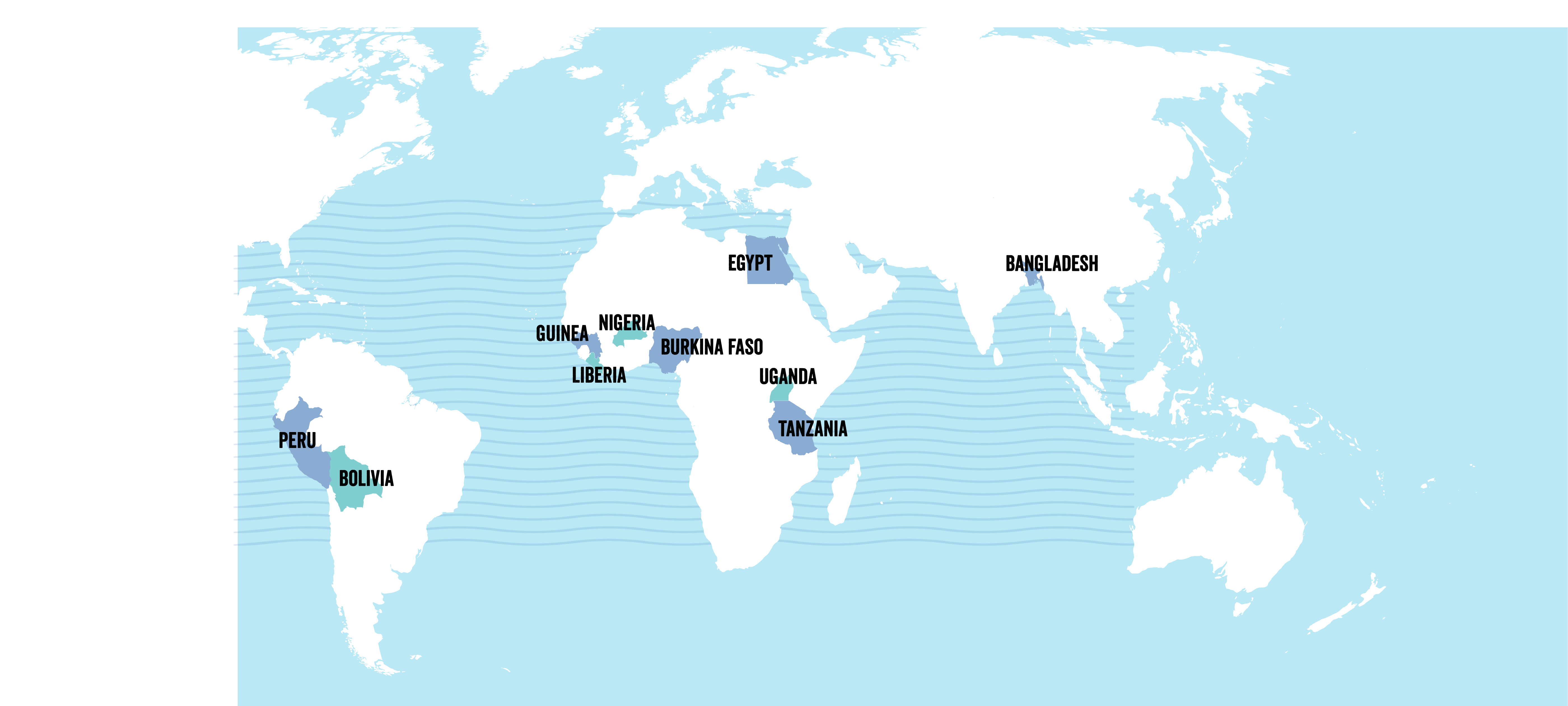
The Embedded Storyteller’s pilot is currently following Plan International projects in
10 countries. Stay tuned for more stories, including the next instalment from Bolivia which features soccer-playing women’s rights activists.
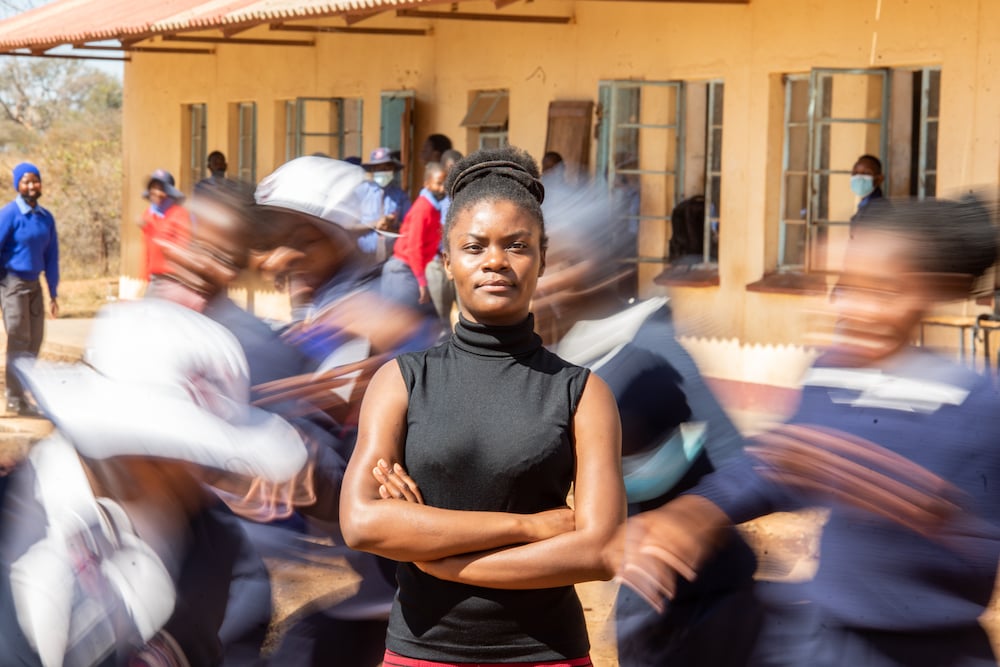
“When people speak the same language, the conversations stop being merely communicative. People can speak with their hearts because they can speak in their heart’s language.”

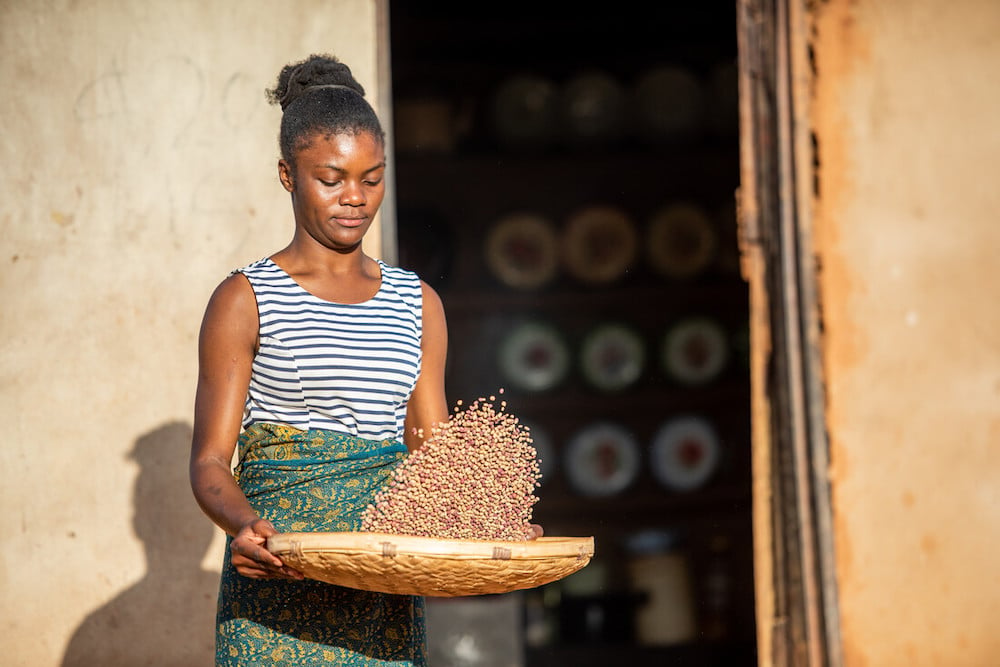

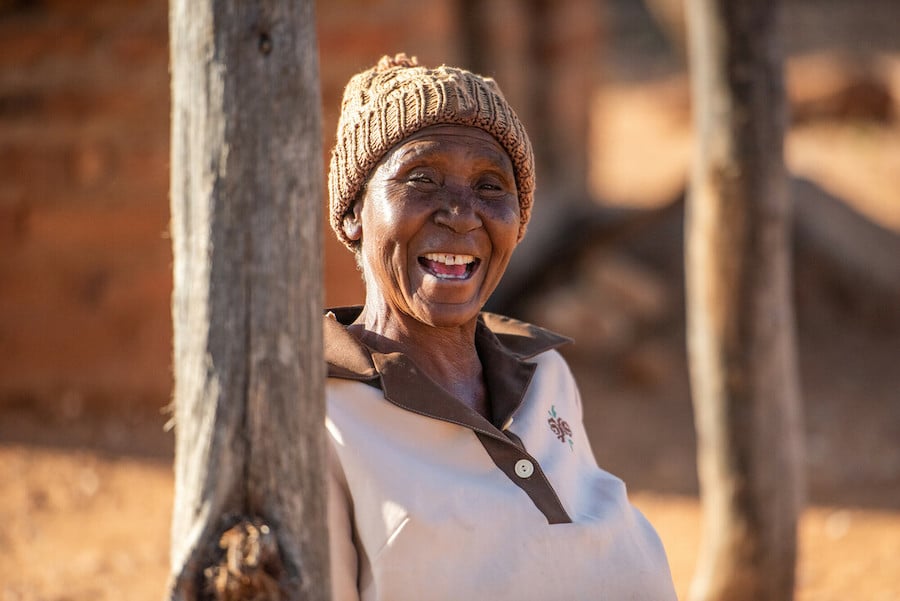
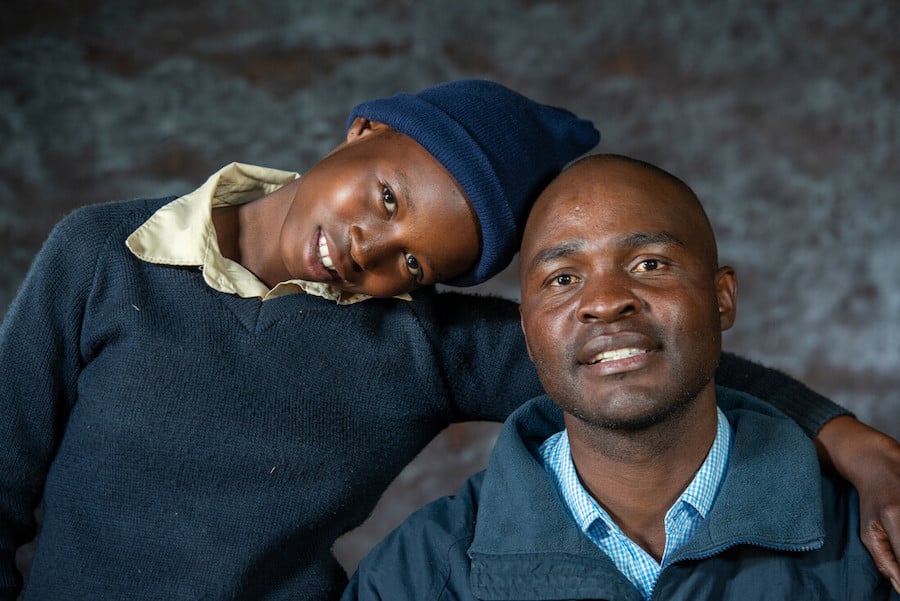
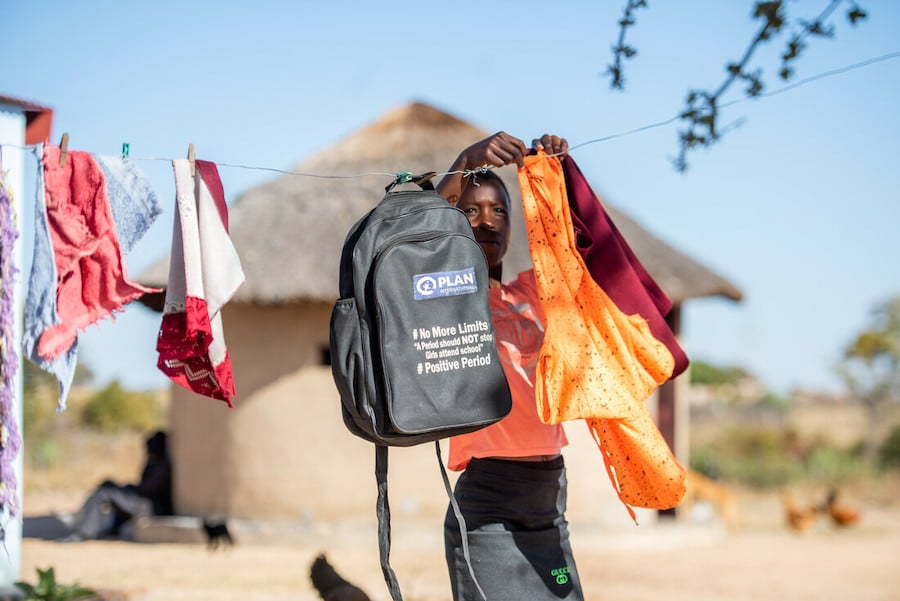
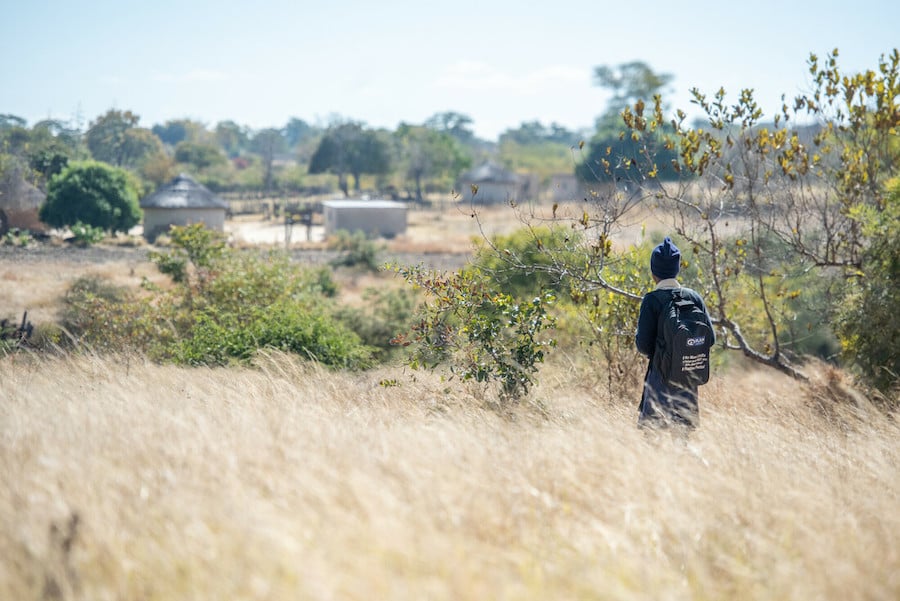
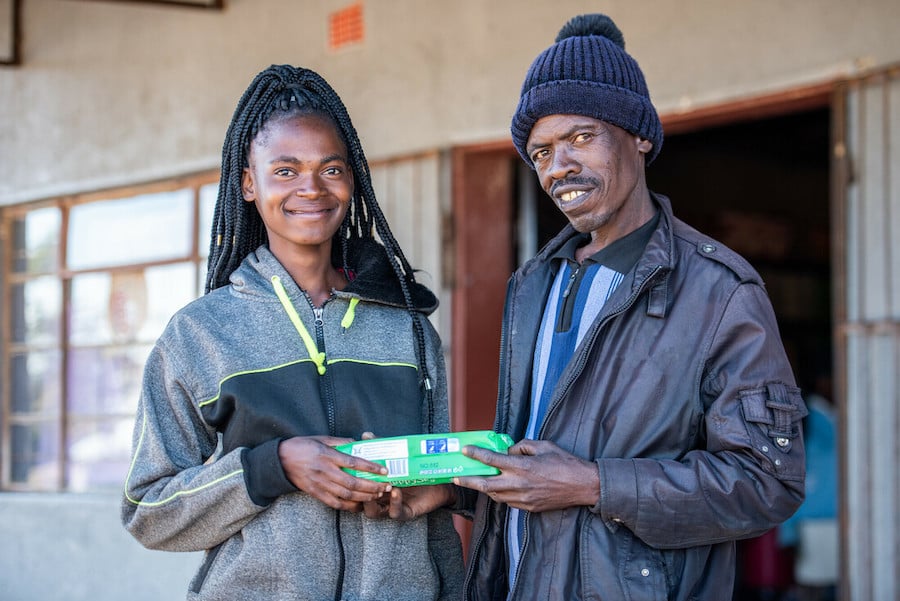
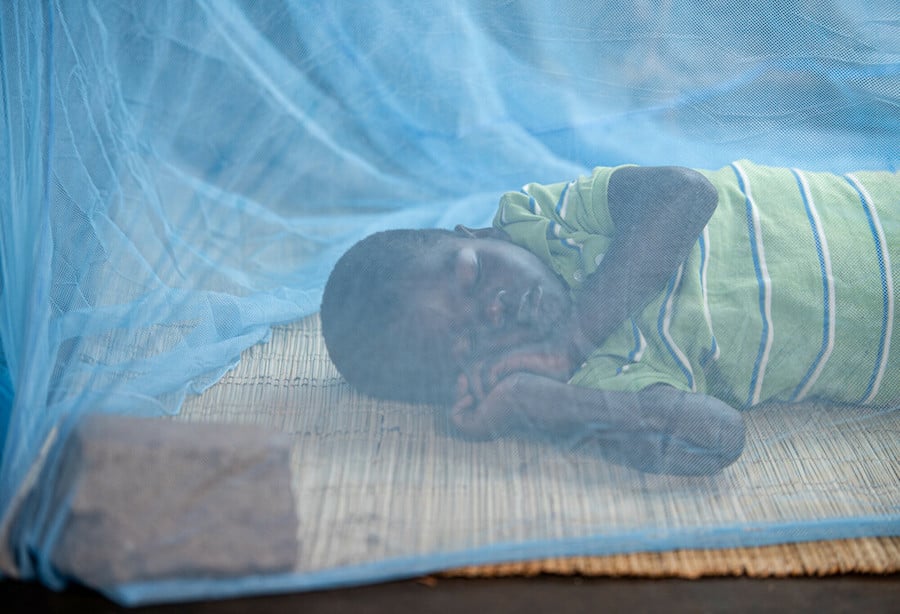
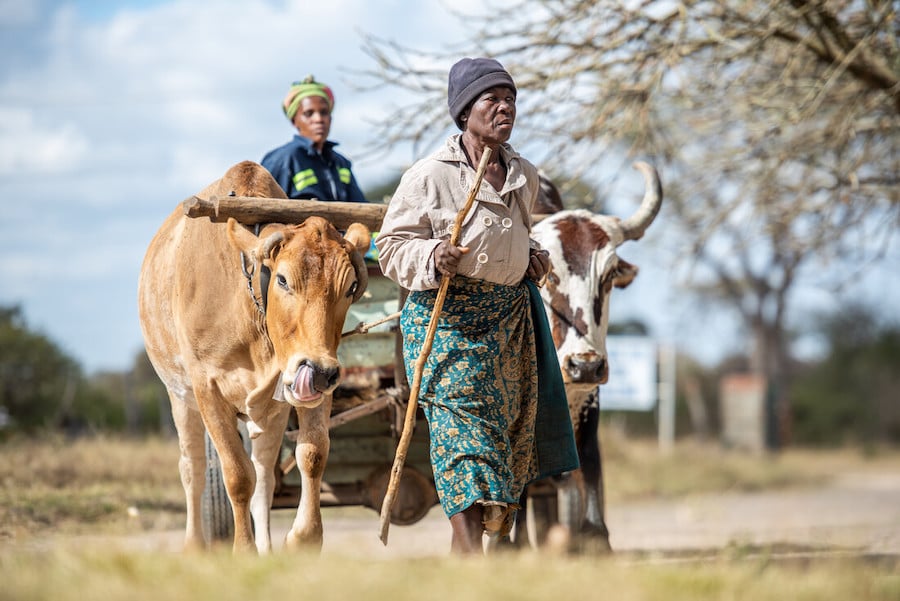
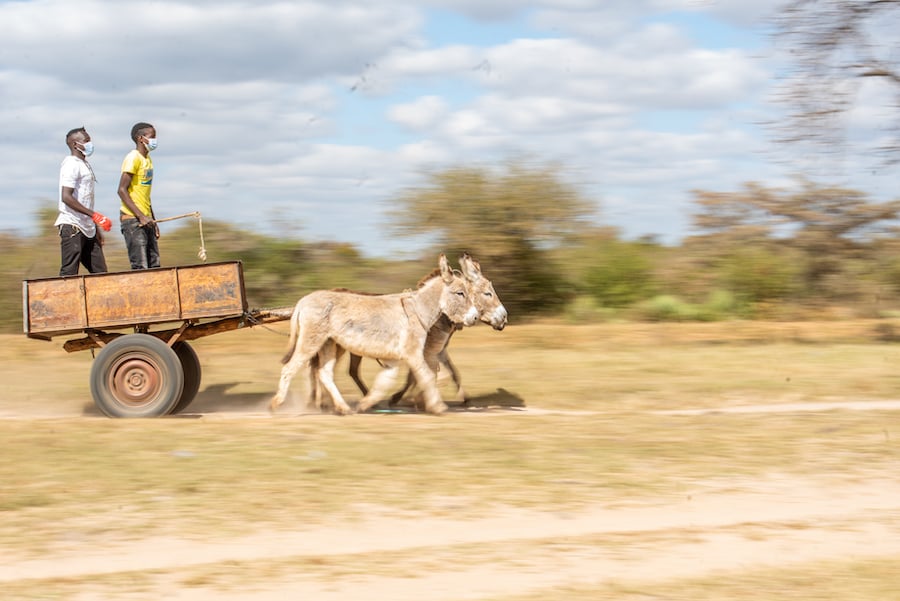
Tanyaradzwa,
20, and her grandmother, Virginia, sit in Virginia’s kitchen.
Tanyaradzwa tosses grain to remove chaff, one of her chores, at her grandmother’s home.
Outside Tanyaradzwa’s grandmother’s kitchen.
Tanyaradzwa’s grandmother, Virginia, joined in the storytelling.
Thembinkosi, 13, and her father, Kholisani, participated in a project designed to combat stigma in
support of girls’ health.
Thembinkosi, hangs clothes
on the line outside her home.
Thembinkosi
walks to school.
Sandegomusa, 18, and her father,
Leonard, overcame taboos to
talk openly about menstrual health.
A young boy now sleeps under
the protection of a mosquito net.
An ox-drawn wagon is used
to deliver protective mosquito
nets to remote communities.
Two young men
bring mosquito nets
to their community.
Learn more about our
door-to-door mosquito-net- distribution program and how it’s helping prevent malaria in this year’s Annual Report.


“It took me back to when I went to school and no one told us anything about sex education.
The Plan International project inspired me to change my approach towards my own children. I am now more open to discuss and talk about these concepts with them. I want them to feel they can discuss things with me, no matter the topic.”
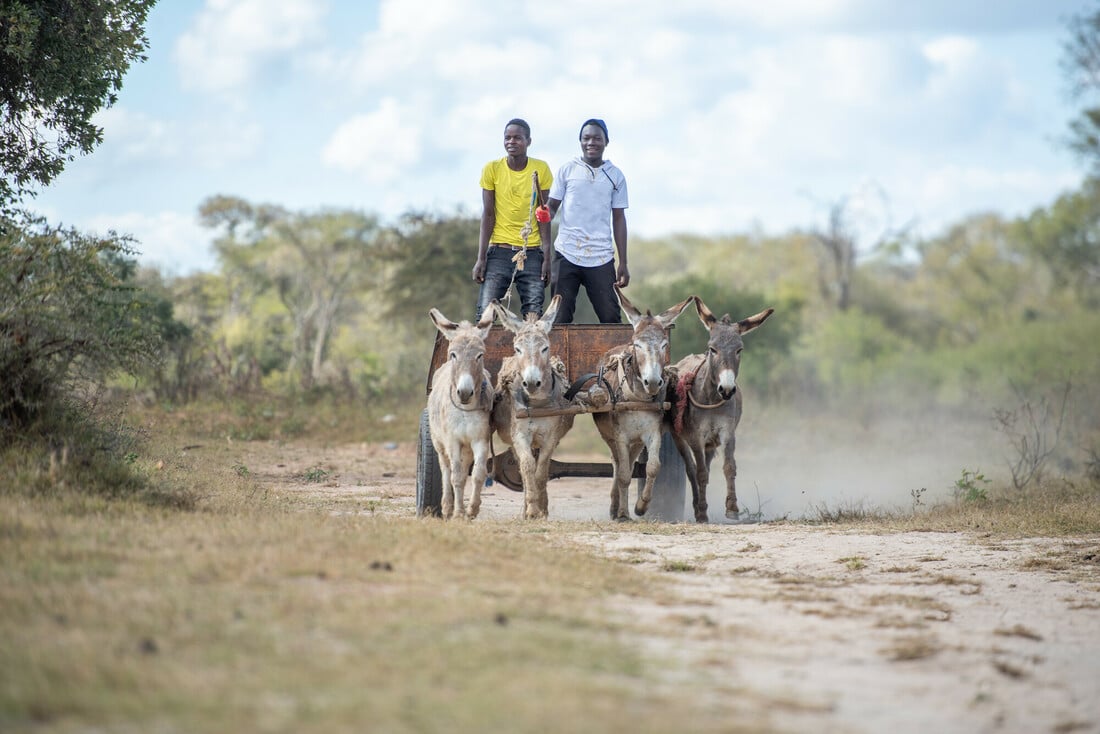
Young men ride a donkey-drawn cart as they bring mosquito nets to rural communities.
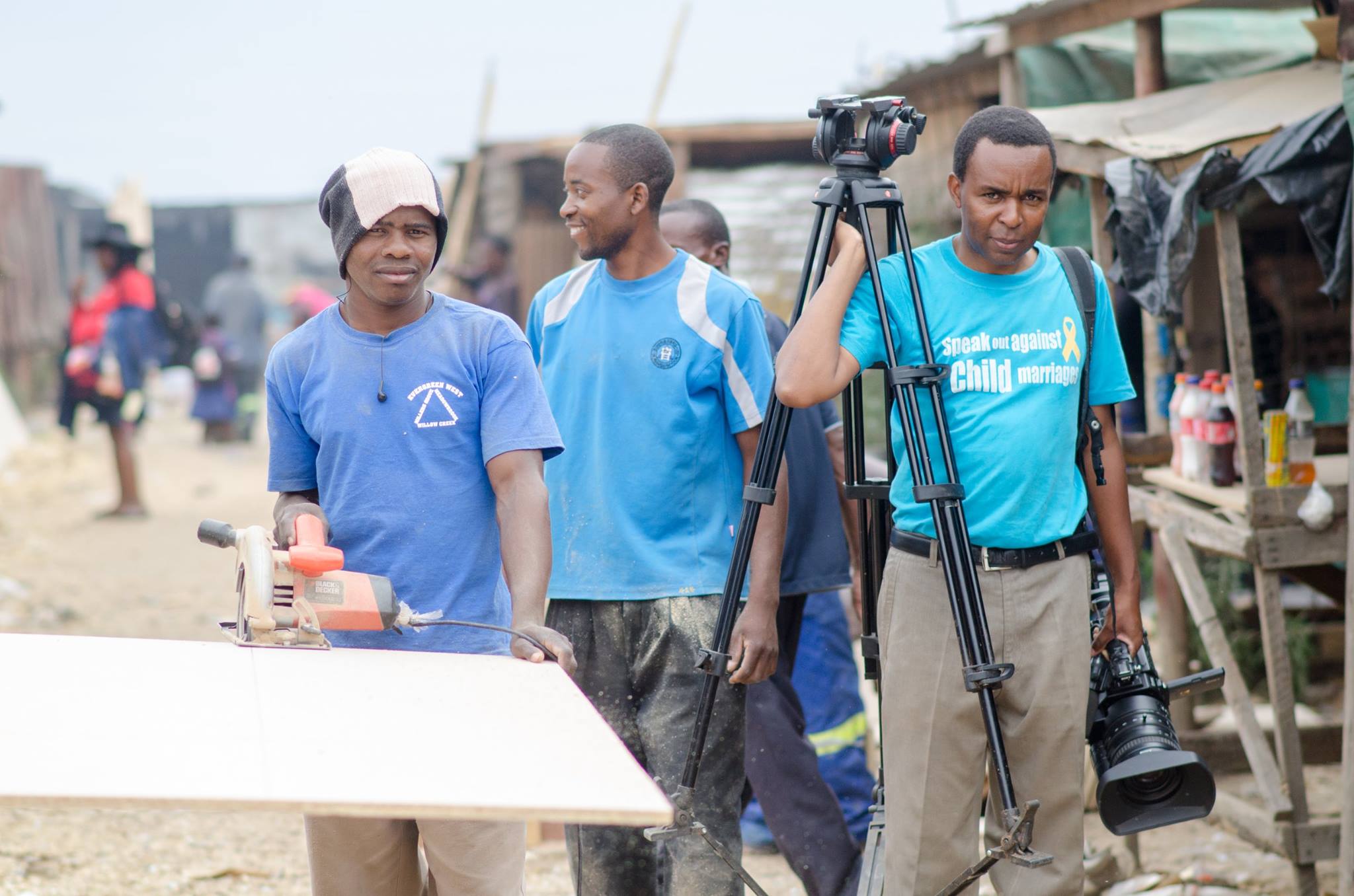
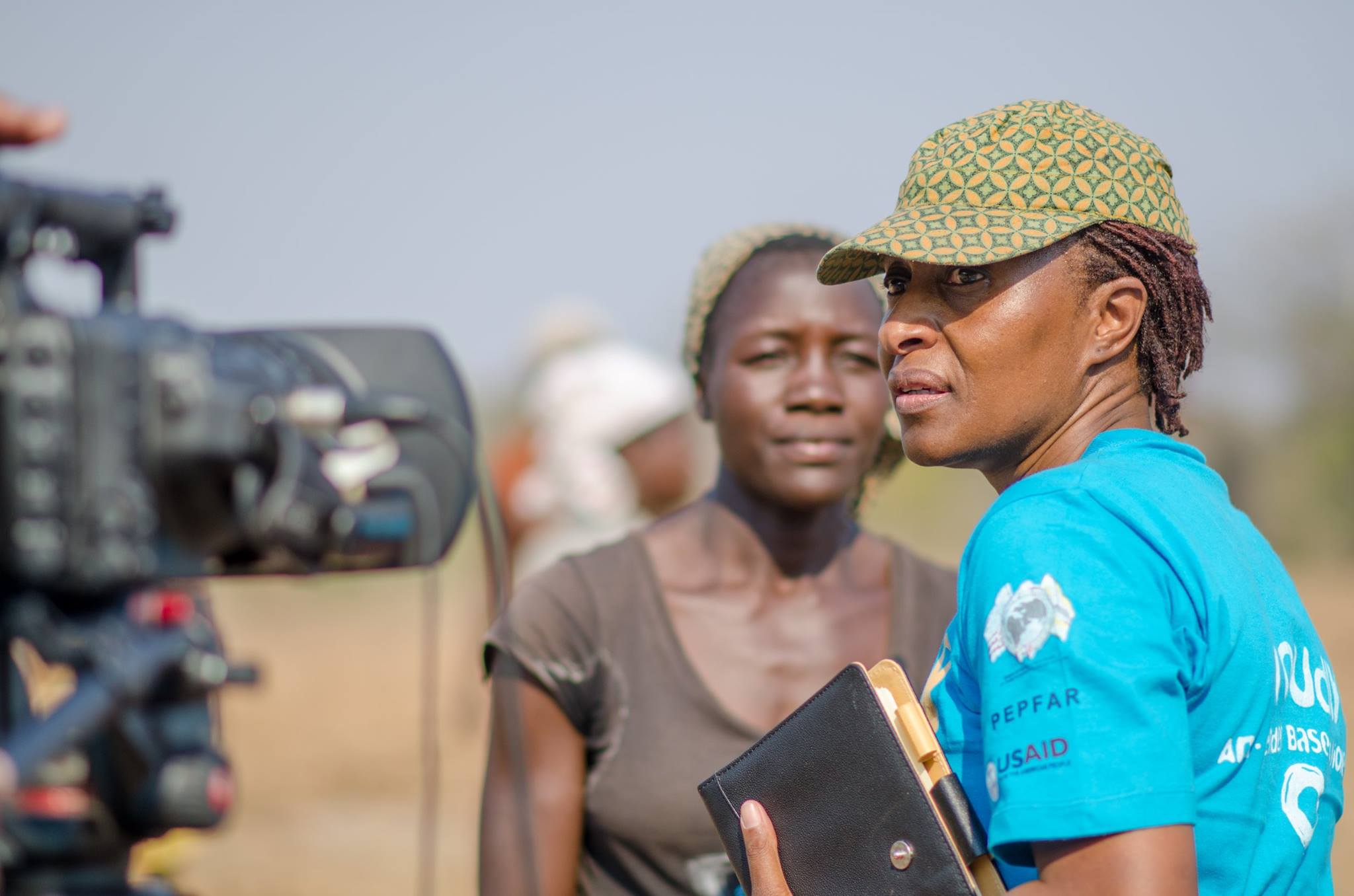


close pop-up

return to top


click to find out!



Click to see Patricia Mabviko's
project highlight
Click to see Joshua Kumunda's
favourite photo from his collection





and Bangladesh too!

Stories

Lasting
Impressions


Journalists

The Pilot
Jump to

Photo
Reel

Storytime
back to top





